An early work, and a piece from 1920 with a brown patina with some reddish nuances and white-yellow highlights. Signed GL Guyot and numbered 8656. Inside the font are also the initials KH.
Georges-Lucien Guyot (1885-1973)
Georges Guyot was born in Paris, in the popular Bastille district where the majority of art artisans were located. As a teenager, his gift for drawing manifested itself and he became the apprentice of a local wood carver. Guyot discovered Barye's works during a visit to the Louvre, and he decided to change course. He wants to make animal sculptures and learn to work with other materials. In 1904, during his military service in Rouen, he was allowed to take several courses at the local art school. In 1906, he exhibited for the first time at the Salon des Artistes Français with a statue of a begging bear. In 1909, he exhibited his first work in bronze and henceforth devoted himself exclusively to sculpture. In 1910, he received a bronze medal. At this time, he mainly exhibited representations of dogs and a few busts. These early works were very realistic, but soon after he began to further stylize his statues while preserving naturalism. At the start of the First World War, Guyot was declared unfit for service for medical reasons. After the war, he left the Salon des Artistes Français for the Salon des Indépendants, where he exhibited until 1950. He also exhibited regularly at the Salon d'Automne. The Museum of Modern Art acquired its sitting bear in 1923, and its white bear enjoyed great success at the Salon des Indépendants. Recurring themes in his work are bears, cats and monkeys. In addition to being a sculptor, he was also a good painter, draftsman and engraver. Before World War II, he had numerous solo exhibitions in prestigious galleries such as Bernheim Jeune, Druet, Devambez and Malesherbes. In 1943, the Salon des Indépendants organized a retrospective of his work. During the 1950s, he enjoyed considerable international success. His last exhibition took place in 1972, shortly before his death in Paris. Guyot's career unfolded with a record of success and honors from the start. Over the decades, his works have been acquired by numerous French museums. The state also acquired many monumental pieces, and it always enjoyed critical acclaim, appreciation from art lovers, and recognition from fellow artists, including renowned sculptors such as Pompon, who saw in him a true artistic personality. Pompon invited him in 1931 to join the group of 12 sculptors who exhibited at Ruhlman in Paris in 1932 and 1933. His bronzes were made by Susse Frères, Méroni-Radice, Godard and Valsuani. The posthumous bronzes are mostly cast by the Fonderie de la Plaine. Certain terracotta models were produced by Susse and Sèvres. His works are part of several museum collections, including the Museum of Modern Art of the City of Paris. A large Guyot bear is also found at the Vincennes zoo. His work is also very popular with collectors of animal sculptures and is part of several major collections.








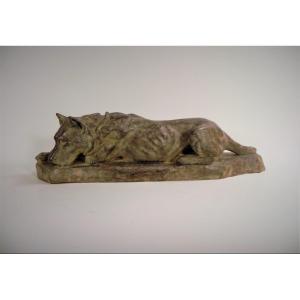






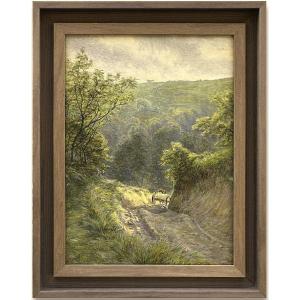
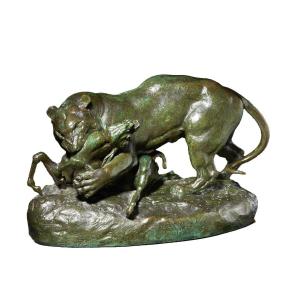
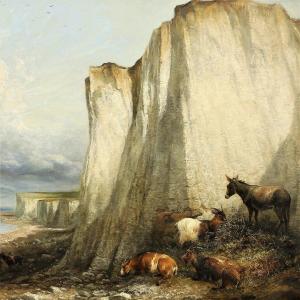

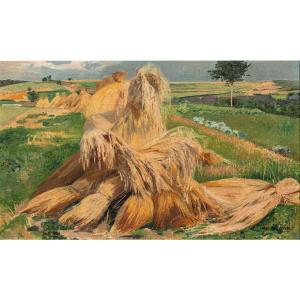
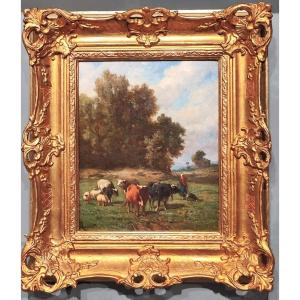
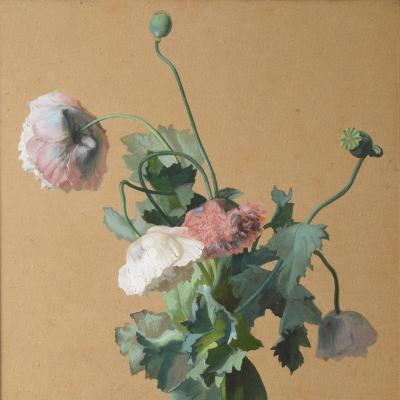
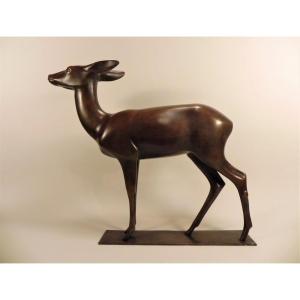

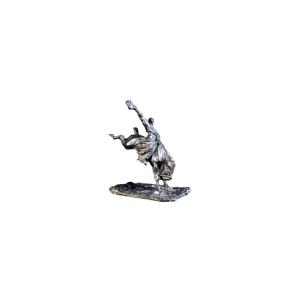

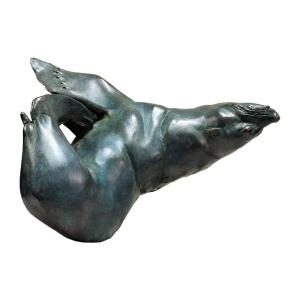


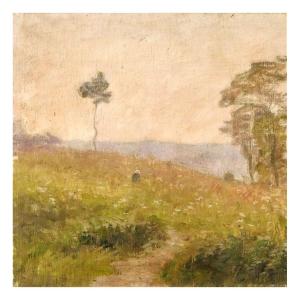


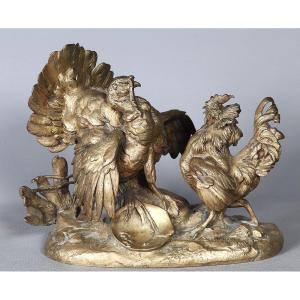





 Le Magazine de PROANTIC
Le Magazine de PROANTIC TRÉSORS Magazine
TRÉSORS Magazine Rivista Artiquariato
Rivista Artiquariato